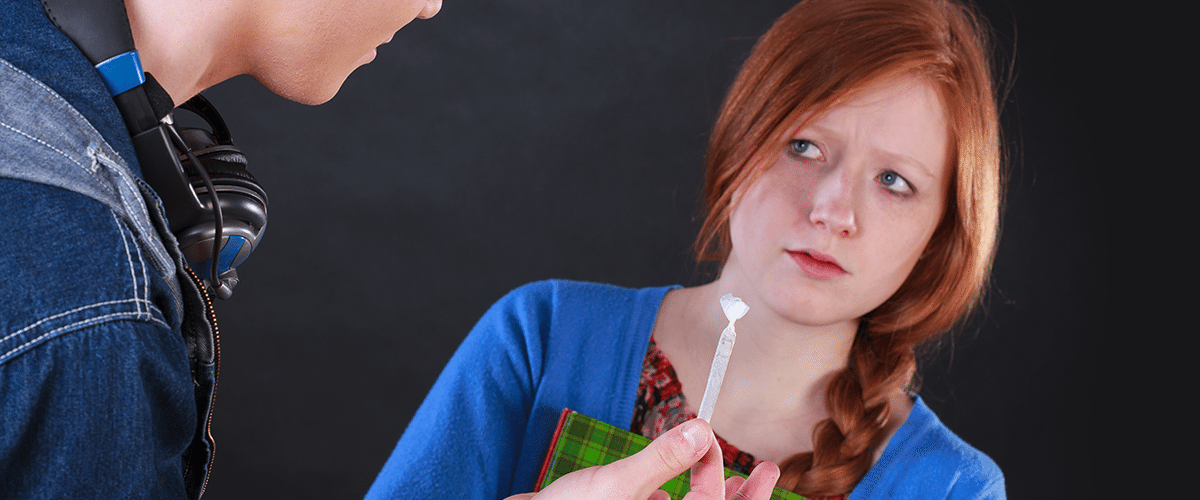[vc_row][vc_column][vc_column_text]
A new study from the Washington Department of Health shows marijuana use among adolescents hasn’t changed since before recreational use was legalized.
Teens in Washington state have not been using cannabis in greater numbers since recreational marijuana was legalized, according to a new study by the Washington Department of Health. The Healthy Youth Survey, conducted every two years since 2002, polled 37,000 middle and high school students on their cannabis use. Since 2010, the rate of cannabis use among adolescents has remained virtually flat, even after marijuana was legalized in 2012 and dispensaries began selling recreational marijuana in 2014.
The state-run study investigated the incidence of past month marijuana use and found it to be 6 percent among 8th graders, 17 percent among 10th graders, and 27 percent among 12th graders. In 2010, before recreational marijuana was legalized, past month marijuana use among 8th and 10 graders significantly dropped, with 9.5 percent of 8th graders and 20 percent of 10th graders reporting use within the past 30 days. Twelfth graders were the only ones to show an increase in use between 2010 and 2016, and that bump was only by 0.7 percent.
The potential impact on the rate of marijuana use among teens is perhaps the most common argument used by legalization opponents. But time, and time, and time again, studies have shown legalization does affect use among adolescents or mean easier access to cannabis. In Colorado, the first state to legalize recreational marijuana, federal and state data has shown teen cannabis use to have declined or remained flat over the past few years. One study published last December even found teen marijuana use to be declining as more states pass recreational use laws.
Manager of Marijuana Law and Policy for the Drug Policy Alliance and UC Berkeley professor Amanda Reiman commented in 2015 about what teen use data should mean for the marijuana policy reform effort.
“Medical marijuana relives pain and suffering for millions and does not lead to an increase in teen marijuana use, said Reiman. “This should end the ‘What About The Kids’ argument used by opponents who try to prevent access to marijuana for the sick and dying.”
Across the United States, 28 states and Washington D.C. have passed comprehensive medical marijuana laws and eight states plus Washington D.C. have legalized marijuana for recreational use. Recreational programs in only four states — Washington, Colorado, Oregon and Alaska – are operating. The other four states – California, Nevada, Maine and Massachusetts – passed recreational measures just last November. Today, 95 percent of the U.S. population lives in states where some form of marijuana is legal.
The study’s findings could be good news for lawmakers in several states that are currently considering marijuana policy changes. A recent report from cannabis market analysts suggests that legalization could expand to all 50 U.S. states by 2021.
You can read the entire 2016 Healthy Youth Survey results via the Washington State Department of Health website.
Learn more about the cannabis laws throughout the U.S. by visiting our education page.[/vc_column_text][/vc_column][/vc_row]






